LG G5 is a television that not only continues but also expands on what we loved about the previous models in the G series. Instead of following the conventional path, LG opted for a new Tandem OLED panel – and it hit the mark. Picture brightness? Simply, F E N O M E N A L. HDR effect? Close to reference. Colours after calibration? Nearly perfect. Motion smoothness, low latency, and features for gamers? At absolutely top-notch level. The G5 performs well in both movies and games, day and night, with a decoder, console, PC, or even just the remote. Of course – it’s not a product without flaws. It's a shame there’s no support for DTS, viewing angles have worsened compared to its predecessor, and the remote may vary depending on the version. But when we look at the overall picture, it's hard not to get the impression that this is one of the best OLED televisions available on the market, and perhaps even the best. Definitely, when it comes to its versatility and picture quality without the need to resort to extremely expensive models from competitors. If you're looking for a television for everything – for cinema, gaming, a bright lounge, streaming internet content, or connecting a computer – the LG G5 is gear that simply delivers on every front without compromise.
- Matching (Score)
- Our verdict
- TV appearance
- Where to buy
- Contrast and black detail
- HDR effect quality
- Factory color reproduction
- Color reproduction after calibration
- Smoothness of tonal transitions
- Image scaling and smoothness of tonal transitions
- Blur and motion smoothness
- Console compatibility and gaming features
- Input lag
- Compatibility with PC
- Viewing angles
- TV efficiency during daytime
- Details about the matrix
- TV features
- Apps
- Playing files from USB
- Sound
LG OLED G5 vs Philips OLED820
Direct compare
G54 / G51 / G55 / LW / LS
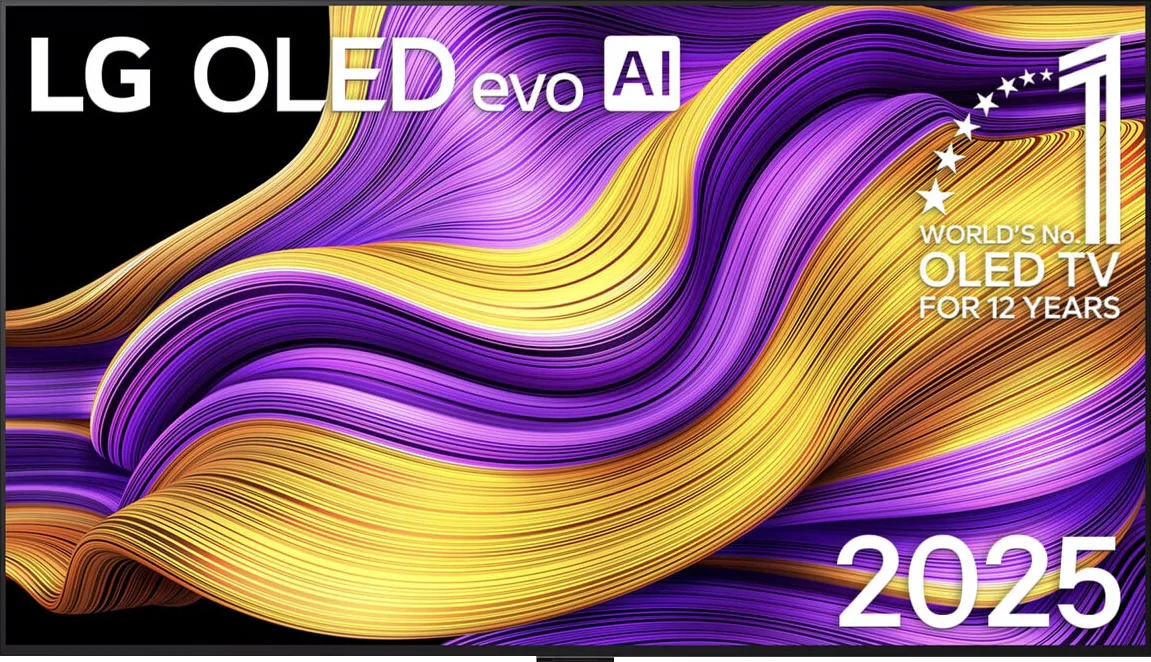

Panel type: WRGB OLED
Resolution: 3840x2160
System: WebOS
Model year: 2025
Complete the survey to find out the result

Panel type: WRGB OLED
Resolution: 3810x2160
System: Google TV
Model year: 2025
Complete the survey to find out the result

Overall rating
8.9
8.0
Movies and series in UHD quality
9.2
8.3
Classic TV, YouTube
9.2
8.6
Sports broadcasts (TV and apps)
9.0
8.5
Gaming on console
9.6
9.4
TV as a computer monitor
8.8
6.5
Watching in bright light
8.0
5.7
Utility functions
8.5
6.8
Apps
9.1
9.6
Sound quality
8.7
7.7
Complete the survey to find out what fits your preferences
Advantages
Amazing black and contrast
Reference colour reproduction after calibration
Very high brightness in HDR content
Excellent compatibility with consoles and computers
Great motion smoothness - OLED panel 165Hz
Many features for gamers: VRR, ALLM, HGIG, low input lag
Great WebOS operating system with many applications
Superb control with the Magic remote featuring a "cursor" function
Perfect contrast and black level thanks to the WOLED panel
High HDR brightness (up to 1300 nits) and wide coverage of the DCI-P3 colour space (99%)
Support for multiple HDR formats including Dolby Vision and HDR10+
Excellent motion smoothness, no blur, refresh rate up to 144 Hz
Full support for gamers: HDMI 2.1 (2 ports), VRR, ALLM, HGiG, Dolby Vision in games, low input lag
Ambilight, which significantly enhances the viewing experience and sets the TV apart from the competition
Google TV system with a massive app base and an excellent voice assistant
Extras including: Backlit remote and swivel stand
Support for audio formats Dolby Atmos and DTS:X
Disadvantages
No support for DTS audio format
Inferior (though still good) viewing angles compared to the predecessor G4
Different remote versions in derivative models – hard to predict which version we will get
Only two HDMI 2.1 ports (with 2 consoles and a soundbar, we are forced to "juggle" the cables)
Lack of many classic "TV" features such as USB recording or PiP mode, infrared remote may be annoying
Slight issues with colour matching (much better than last year but still far from the competition)
Issues with font readability when working with PC (lack of full Chroma 4:4:4 support)
Our verdict
The Philips OLED820 is a very successful and significant step forward compared to last year's model, the OLED 819. For many people, the main reason for purchasing will, of course, be Ambilight: a multicoloured backlighting system that distinguishes Philips televisions from the competition. It's no surprise, as it made a huge impression on us as well. It’s not just an impressive gadget, but a real addition that can change the perception of the content being watched and add depth to it. However, Ambilight should not overshadow what the OLED820 offers as a screen. We have almost infinite contrast, high brightness in HDR films, and excellent colour reproduction, which becomes even better after a slight adjustment or professional calibration. This set guarantees one of the best images available on the market today, and we are also aware that the television offers something unique and unprecedented anywhere else. It is also equipment that will perform well in gaming. The 144 Hz panel and HDMI 2.1 ports provide access to the full capabilities of next-generation consoles, and the low input lag makes gameplay exceptionally responsive. The operating system – Google TV – also deserves praise. It’s a much better solution than the proprietary Titan OS found in lower Philips models, such as the OLED770. This is a significant argument for paying extra for this model. A larger library of applications, a more efficient voice assistant, and fewer system errors translate to a clearly better everyday experience. Of course, the Philips OLED 820 is not free from minor shortcomings – there are some software gaps, and some features could be better refined. Nevertheless, the overall presentation is very solid. Perhaps the OLED820 is not a revolutionary television, but it is a very successful and well-balanced offering in Philips' lineup. It combines excellent picture quality, a full set of features for gamers, and a unique addition in the form of Ambilight. If you are looking for a solid mid-range OLED that gives not only a good picture but also something distinctive and exceptional, the OLED820 should be high on your shopping list.
TV appearance
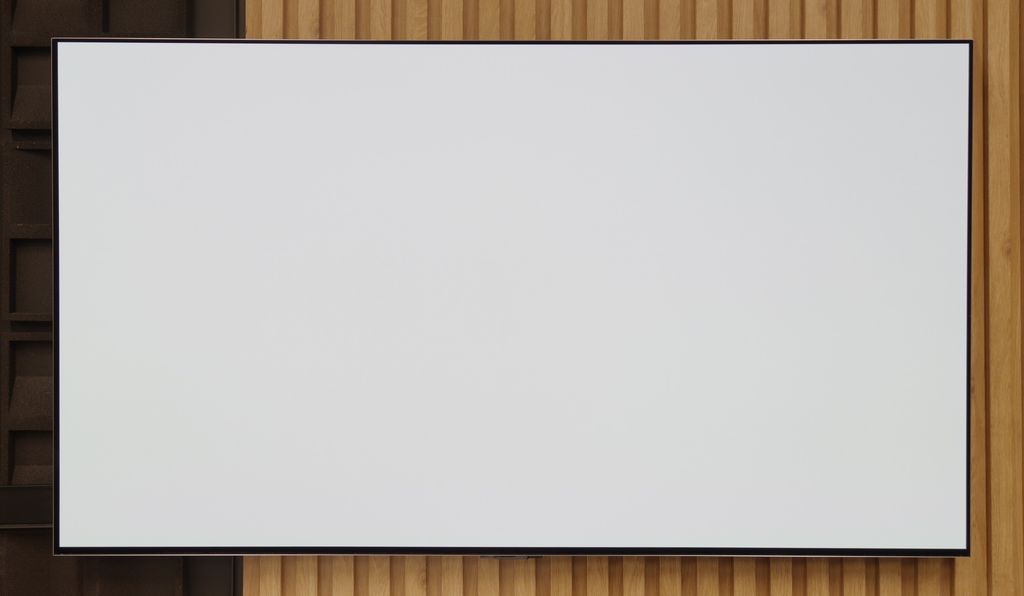
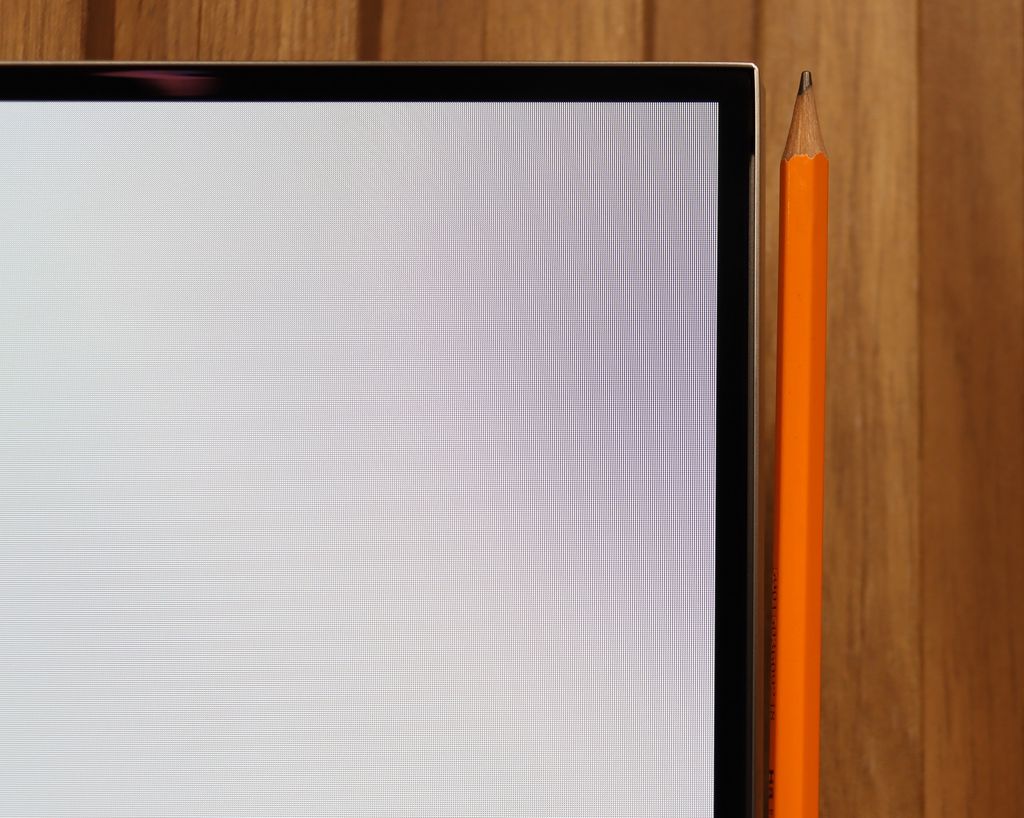
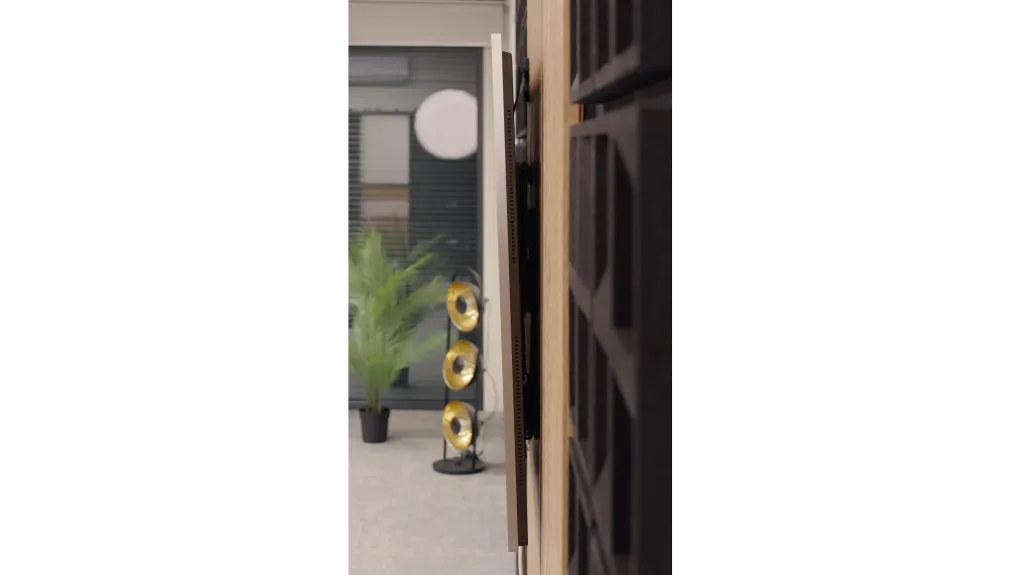




Contrast and black detail
10/10
10/10
Contrast:

Result
∞:1

Result
∞:1

Result
∞:1

Result
∞:1

Result
∞:1

Result
∞:1

Result
∞:1

Result
∞:1

Result
∞:1

Result
∞:1
Halo effect and black detail visibility:
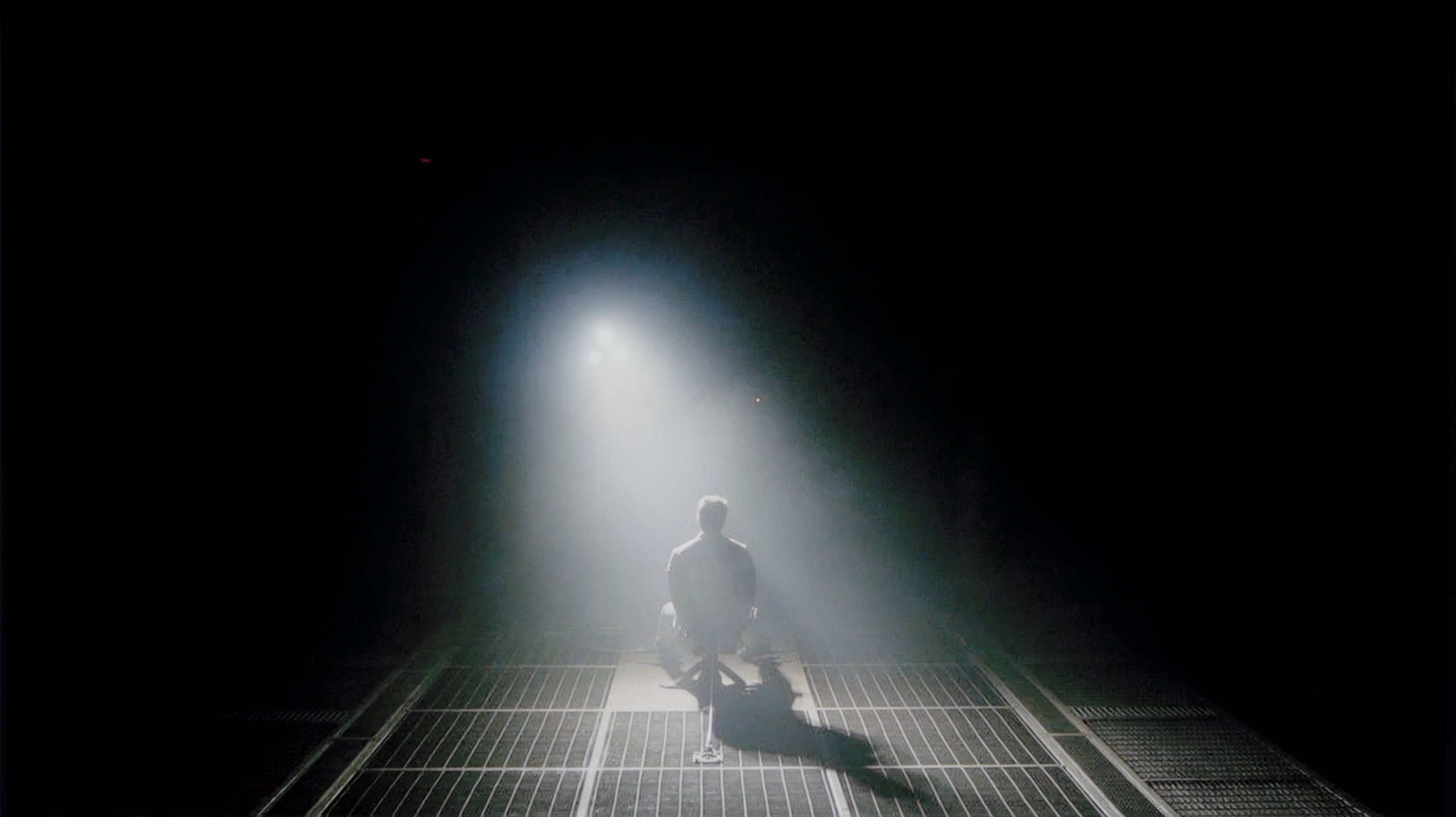

LG G5, as expected from an OLED television, impresses with its contrast and black levels. In scenes with a lot of dark areas, the screen presents itself almost perfectly, offering deep, absolute black and infinite contrast – an effect that still cannot be achieved on any LCD television. The new Tandem OLED matrix does not introduce any negative changes compared to previous generations – blacks are perfect regardless of the content. Watching scenes from movies like The Revenant or Oblivion, the excellent separation of lights is clearly visible, without blooming or lightening of dark parts. In this category, LG G5 deserves the highest rating.
Contrast and black are the domain of OLEDs, and the Philips OLED820 is no exception. The WOLED panel from LG Display works exactly like the models LG C5 or Samsung S90F and delivers precisely what we expect – perfect black and infinite contrast. Whether we're watching challenging scenes full of fine details or simpler shots drenched in uniform black, the television always performs superbly. It separates light from dark with surgical precision, creating an extraordinary sense of depth in the image. And while there can be discussions about different technologies, in this category OLED simply rules, and the Philips OLED820 only confirms this rule.
HDR effect quality
9.1/10
7.5/10
Luminance measurements in HDR:

Result
2346 nit

Result
2353 nit

Result
2399 nit

Result
2353 nit

Result
2012 nit

Result
1035 nit

Result
1235 nit

Result
1356 nit

Result
1315 nit

Result
521 nit
Scene from the movie “Pan” (about 2800 nits)


Scene from the movie “Billy Lynn” (about 1100 nits)


Static HDR10


Dynamic: Dolby Vision
Dynamic: Dolby Vision


HDR luminance chart:
Philips OLED820
HDR luminance
Luminance of RGB colors
LG OLED G5
HDR luminance
Luminance of RGB colors
LG G5 with its new Tandem OLED panel brings the biggest change in terms of TV brightness. And it’s substantial. This is a truly astronomically bright OLED. In every scene tested – whether it's point lights or full-screen whites from the movie The Meg – brightness on the G5 exceeded 2000 nits. Just a year ago, such values on an OLED were simply unimaginable. And here we are – the G5 is approaching, and at times even surpassing, the best Mini-LEDs on the market. A novelty in the Tandem OLED panel is also the expanded colour gamut coverage – and here the LG G5 performs almost perfectly. DCI-P3 achieves a full 100%, while BT.2020 hovers around 83%. These are some of the highest values currently available on the market – it's hard to find any other TV that comes close to such results, unless we're talking about the best displays with QD-OLED panels. The G5 has almost reference-level HDR quality – both in terms of brightness and colour saturation. This is an OLED that can truly shine – and not just metaphorically.
When it comes to HDR quality, the Philips OLED820 uses the same class of WOLED panel found in its biggest rivals – the LG C5 and the Samsung S90F. This means we can expect really solid results. This year, mid-range OLED panels can exceed the threshold of a thousand nits, and the tested model reaches around 1300 nits in some films. This is an outstanding result, allowing the director's vision to be conveyed with incredible precision, as this is the brightness range in which modern productions are mastered. Of course, there are situations where even the OLED820 has to compromise. Full-screen scenes flooded with white, like those in the film The Meg, can drop brightness to 400–500 nits, which clearly diminishes the effect. This is a characteristic of OLED technology that has not yet been fully eliminated. Despite this limitation, it's hard not to appreciate the HDR in this model – high luminance and a wide coverage of the DCI-P3 colour palette at 99% make the image look simply fantastic.
Factory color reproduction
7.8/10
6.7/10


Factory Mode
After calibration


Factory Mode
After calibration
Our test unit LG G5 had some issues in the factory Filmmaker mode. While the picture might have seemed fine to most people, we knew this TV could do much more. This mode had a noticeable excess of blue tint in the white balance, resulting in a strongly cooled image – especially in HDR modes, where there was additionally a lack of red. The image appeared cold, and its sharpness was artificially boosted and unnatural. Another significant problem was the brightness characteristics. In SDR content, the situation wasn't the worst, aside from a slight dimming of the entire image. However, it fared much worse in HDR materials – due to improper brightness management, the smallest details could completely disappear from the image, while larger, bright elements looked overexposed and lacking in gradation. Fortunately, the G5 supports calibration using 3D LUT (a professional tool for colour calibration), so we decided to take advantage of its professional capabilities and see what it was really capable of. Because while it wasn't terrible even before calibration, the potential of this TV definitely deserved more.
The colour reproduction in the factory settings really surprised us, and in a positive way. The Philips OLED820, switched to Filmmaker mode, immediately showed that it was quite well tuned in terms of colour. The white balance was relatively accurate, although there was a slight deficiency in the blue hue, which sometimes gave the image a slightly yellowish tint. However, this is not a drawback that particularly interferes with everyday viewing. A bigger problem arose with the brightness characteristics. The gamma chart clearly deviated from the ideal, as the line was below the expected values, causing the image to be excessively brightened, and the colours looked as if they were covered with a light milky filter. This effect was also noticeable in tests using the Colour Checker pattern, where more pronounced errors appeared.
Color reproduction after calibration
9.8/10
9.3/10




After completing the calibration process with professional tools, we can confidently state this – the LG G5 offers almost reference-quality image. Most of the errors related to white balance and the ColorChecker test are below a value of 2, which is a phenomenal result, practically imperceptible to the human eye. And while one could still nitpick that in HDR films the TV still has a tendency to slightly dim the smallest elements of the image, in practice this does not negatively affect the overall reception. Hats off to LG, as once again they provide users with enormous display settings options – and this, combined with very good parameters of the panel itself, results in an image that is truly hard to beat.
After calibration, both the Filmmaker mode and the gaming mode improved quite a bit. A slight adjustment of the white balance and enhancement of the brightness characteristics yielded excellent results with SDR content – the image looked nearly perfect, natural, and very close to the reference. For HDR material, the situation was similar; the colours looked fantastic, and it was hard to find fault with anything. However, we did notice a certain characteristic, which we had already pointed out when comparing scenes from the film Billy Lynn. The analysis of the EOTF curve showed that the TV has a slight tendency to dim details in the blacks, meaning that the darkest parts are not always displayed exactly as the director intended. Nevertheless, the effect after calibration is superb, and the OLED820 is emerging as one of the more interesting screens in its class. A little bit of fine-tuning is all that’s needed, and there’s really nothing to worry about.
Smoothness of tonal transitions
8.5/10
6.5/10












The fluidity of tonal transitions in the LG G5 is a clear step forward compared to last year's model. Not only has brightness improved, but also the way colours blend, which the G4 sometimes struggled with. In the vast majority of scenes, the G5 has no issues with tonal transitions – there’s no typical banding associated with WOLED technology nor any ugly breaks between colours. Of course, in very dark areas of the image and with shades of grey, small imperfections can still be noticed, but these are things that the average viewer wouldn't even register. In short – it's really good.
The fluidity of tonal transitions is unfortunately the Achilles' heel of the Philips OLED820. During testing, we noticed slight issues with colour blending – both in bright and darker scenes, there is a noticeable banding that detracts from the naturalness of the image. It must be said that compared to last year's model, the OLED 819, there is a significant improvement, but nonetheless, the competition performs better in this category.
Image scaling and smoothness of tonal transitions
8.7/10
7/10
Smooth transition function
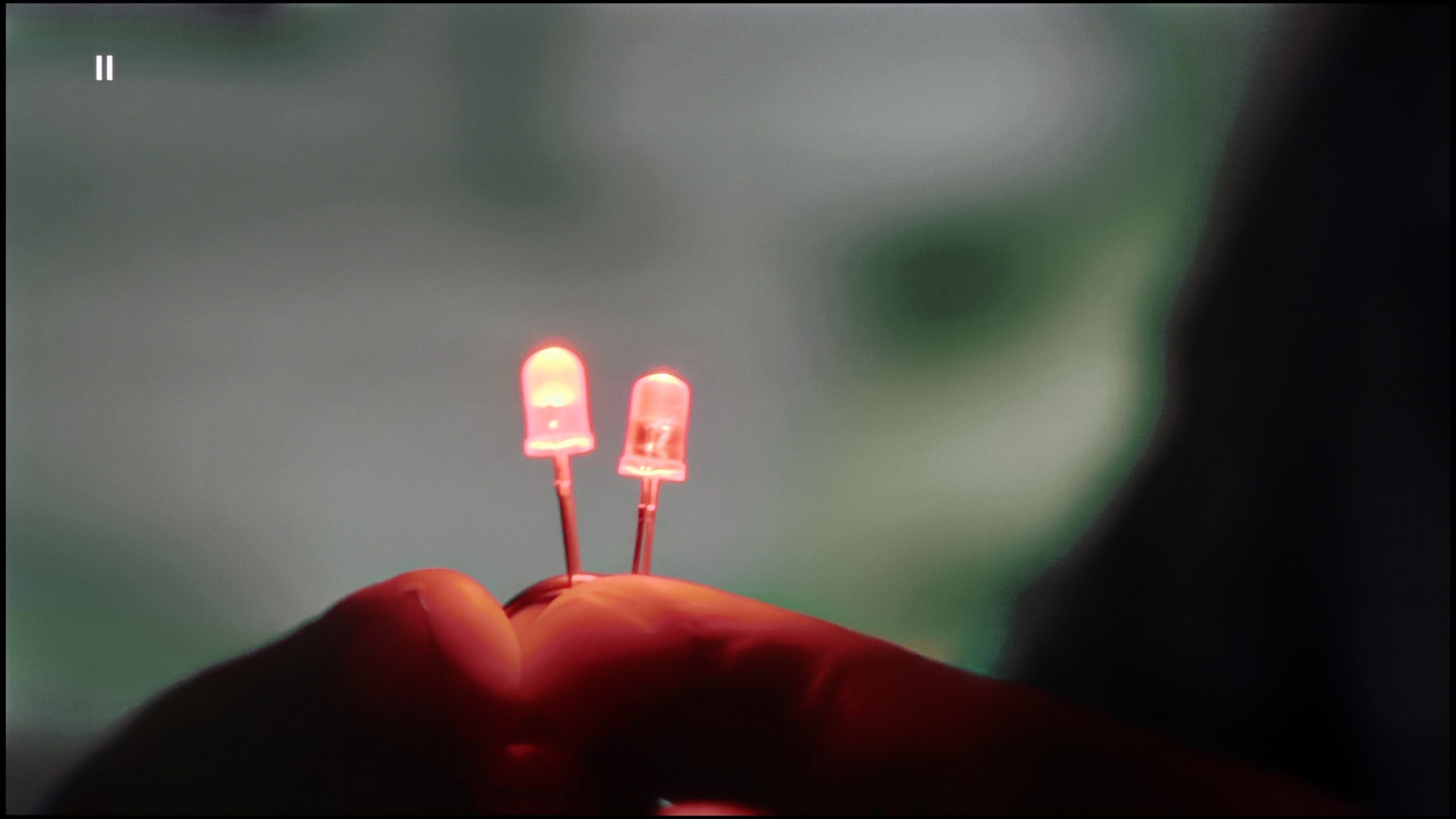

Image without overscan on the SD signal


Upscaling and digital image processing in the LG G5 performs very well. The television handles lower quality content excellently, especially when the "Smooth Gradation" feature is set to a low level. In this mode, it effectively removes undesirable artifacts and issues with visible tonal transitions. It may also slightly smooth out some desirable details, like the subtle texture of clothing or skin, but importantly – it does not remove film grain, so it's hard to talk about a serious compromise here. This is one of those options that is actually worth turning on.
The G5 also does well with upscaling, which is improving the quality of older materials. The test image with the model looked really solid – slight jaggedness was visible, but that's an effect that can't be completely avoided. On the plus side, there were no overscan issues, which – contrary to appearances – is not obvious, even in 2025.
Fortunately, the earlier effects of the mentioned posterisation can be quite effectively mitigated. The "distortion reduction" feature set to medium handles unwanted colour banding well, improving the smoothness of tonal transitions. It does sometimes work a bit too aggressively and smooths out some details – such as the minor imperfections of the actors’ skin – but despite that, it can be considered worth using without major compromises. The upscaling in the OLED820 also performs well. The test image with the model is exceptionally soft, sometimes perhaps too much, although this can be remedied with a slight increase in sharpness in the picture menu – that's a matter of individual preference. The absence of overscan issues with very low-resolution content is also commendable, allowing us to not worry about the image being unnecessarily cropped.
Blur and motion smoothness
9/10
8.5/10
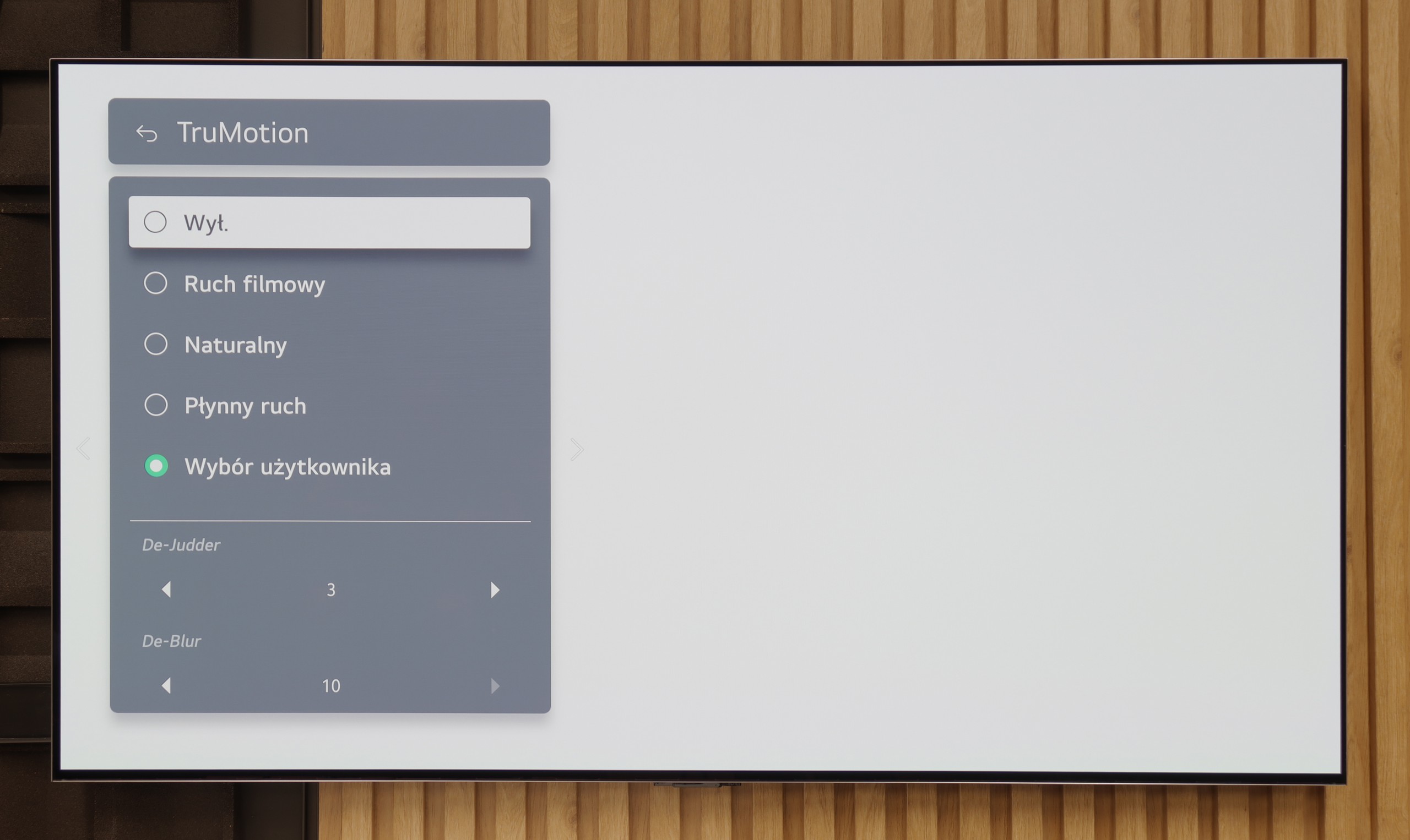

Blur (native resolution, maximum refresh rate):






Blur (BFI function enabled):
Image flickers in this mode



Smużenie (4K 165Hz):



Smużenie (4K@144Hz):



The motion smoothness on the LG G5 is simply phenomenal. The television is equipped with a panel featuring a 165 Hz refresh rate, and this combined with the instantaneous response time of the OLED matrix delivers incredible results. The image doesn’t judder or blur like on traditional LCD televisions. Like most LG models, the G5 comes with a motion smoother, which can be handy when watching movies – we’re talking about the TruMotion mode, of course. With the “De-Blur” and “De-Judder” sliders, we can adjust the smoothness of older materials according to our own preferences, whether we want to maintain the characteristic film jitter or lean towards a more fluid, television-like effect.
Motion fluidity is an area where OLEDs always shine, and the Philips OLED820 confirms this rule. The panel itself offers a refresh rate of 144 Hz, which will mainly benefit PC gamers, but even with standard TV sources or consoles, where it operates at 120 Hz, motion is fast, sharp, and simultaneously smooth, without any signs of smearing. This is thanks to the remarkable response time between pixels, which ensures the image maintains clarity in every dynamic scene. The manufacturer has also added their own smoothness enhancer called "Motion Style." In the menu, we find two sliders – the first, responsible for smoothness, allows for the adjustment of the number of artificially added frames in films. This way, we can choose a raw, cinematic character with clearly visible film frames or a more theatrical image with smooth motion. The second slider is for motion blur reduction, particularly useful in sports broadcasts. Here, we definitely recommend setting it to the maximum value, as the effect is truly excellent.
Console compatibility and gaming features
10/10
9.8/10
- ALLM
- VRR
- VRR range40 - 165Hz48 - 144Hz
- Dolby Vision Game Mode
- Correct implementation of HGIG
- 1080p@120Hz
- 1440p@120Hz
- 4K@120Hz
- Game bar
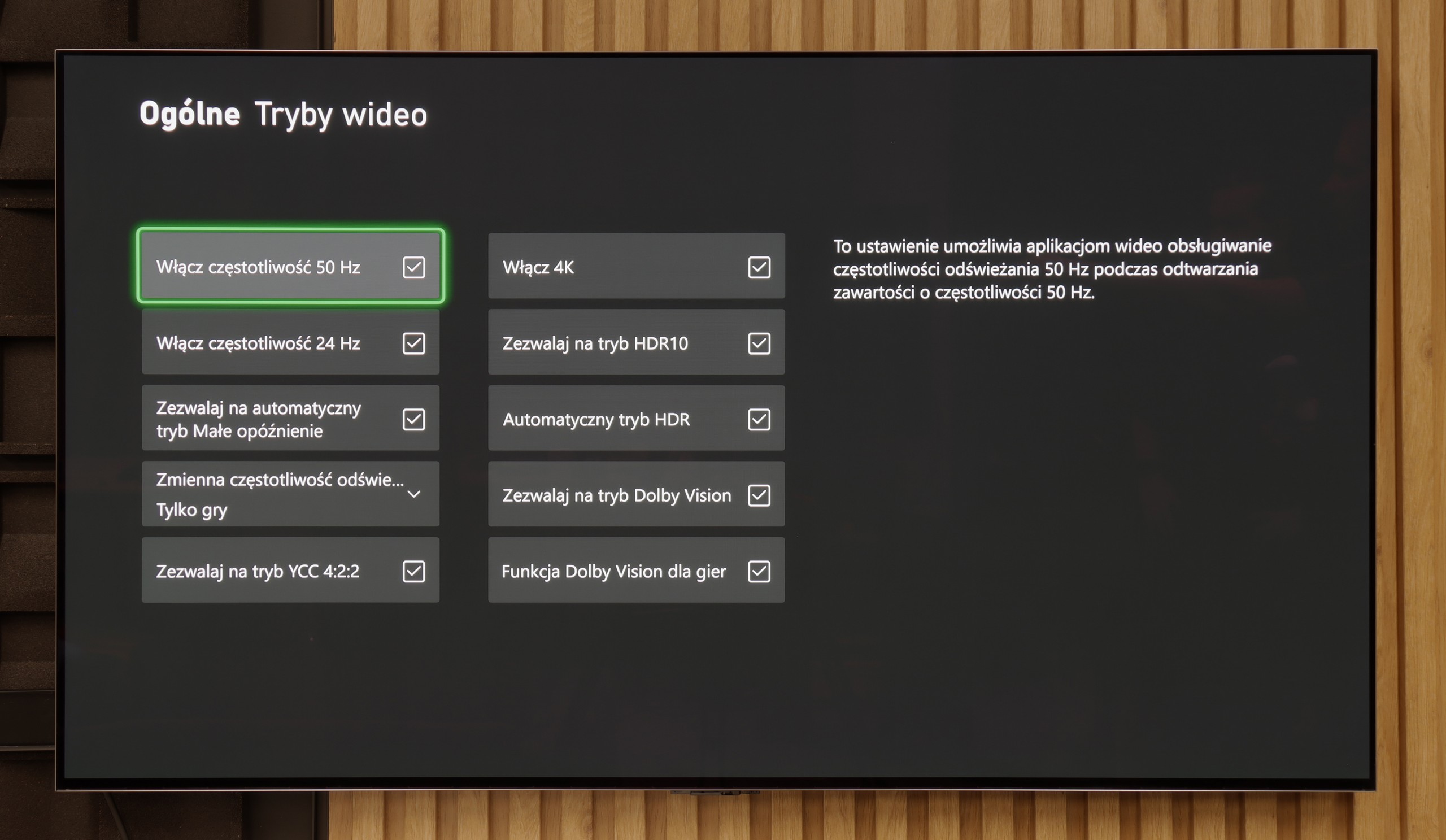

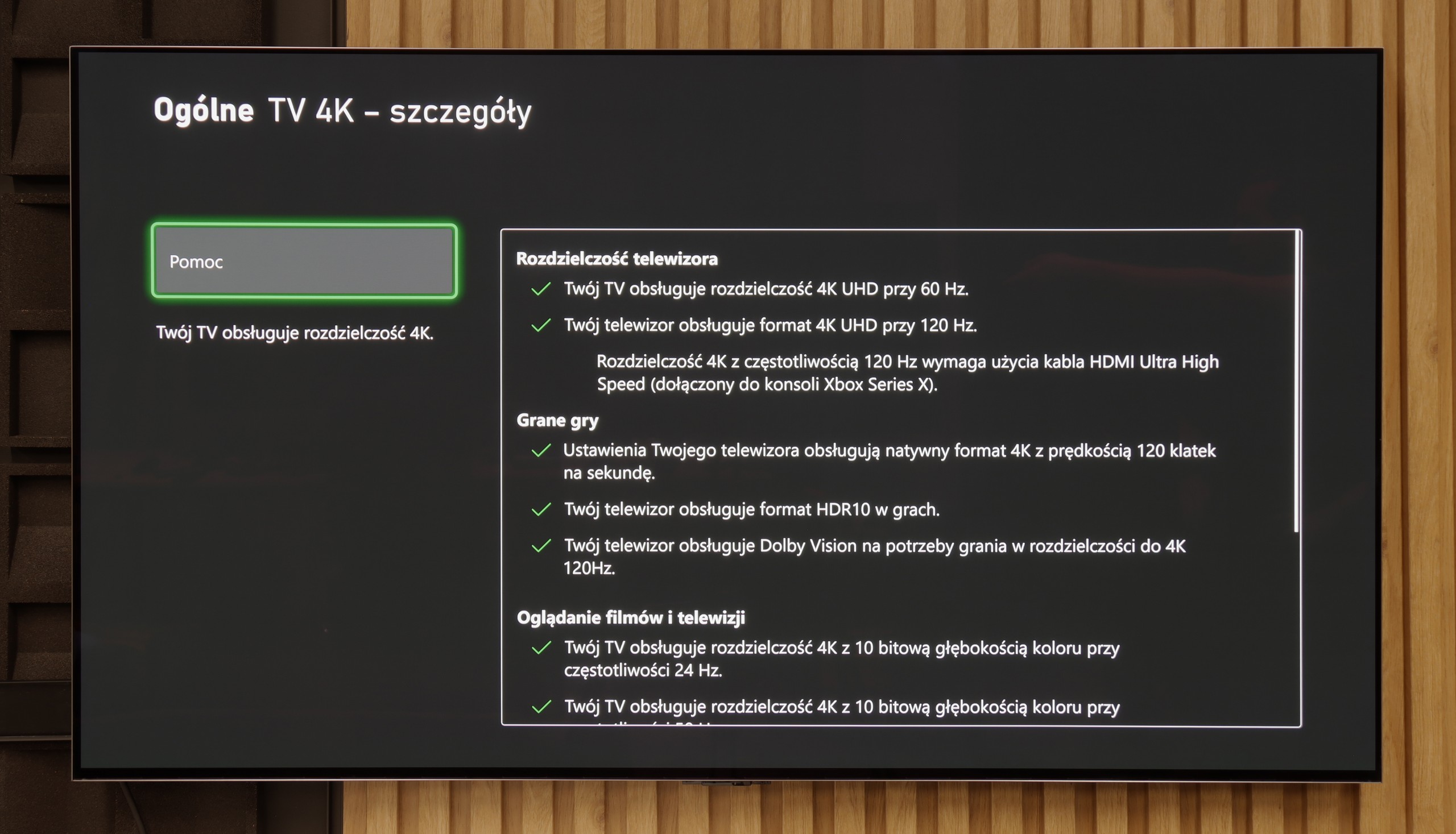

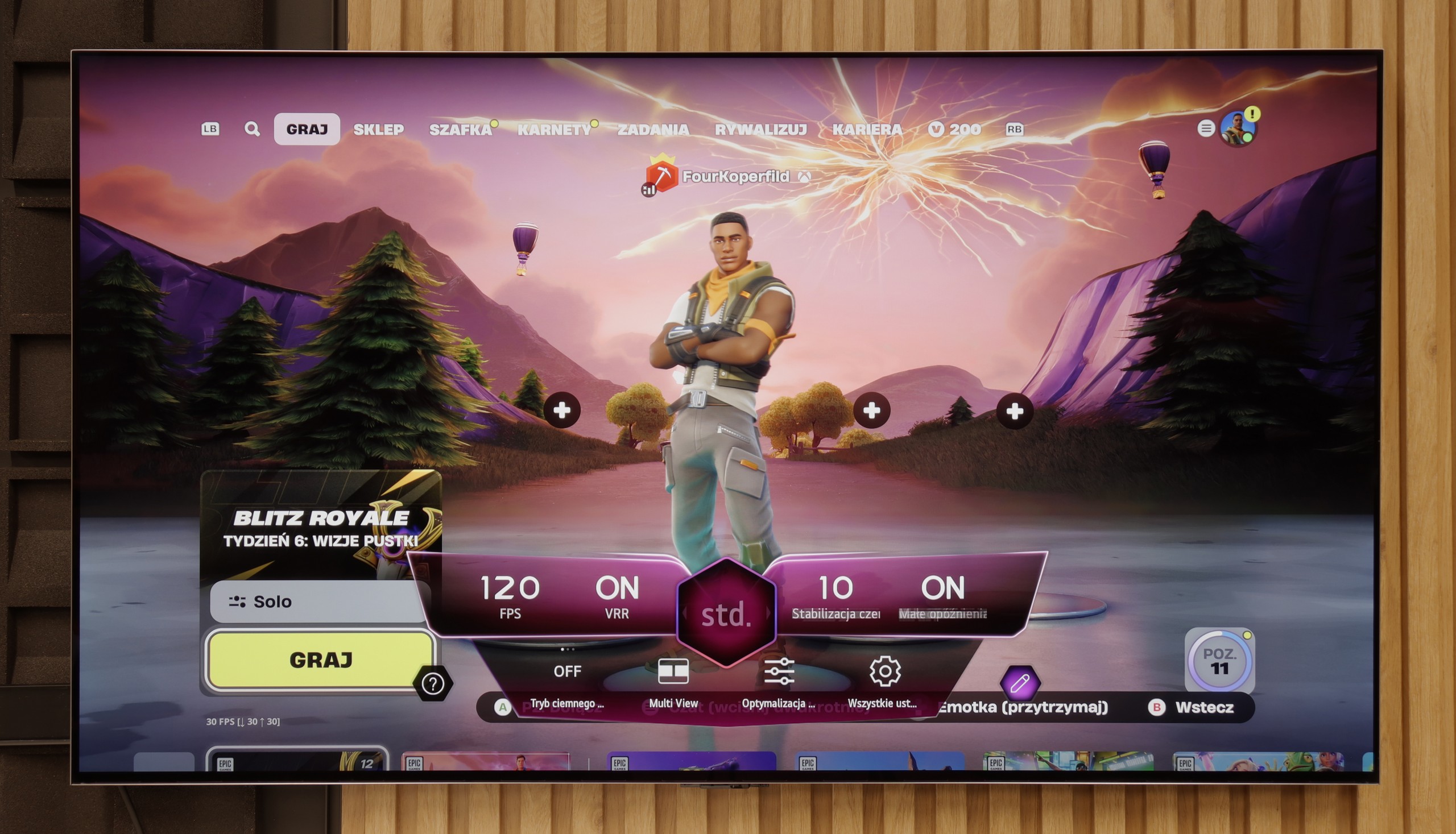

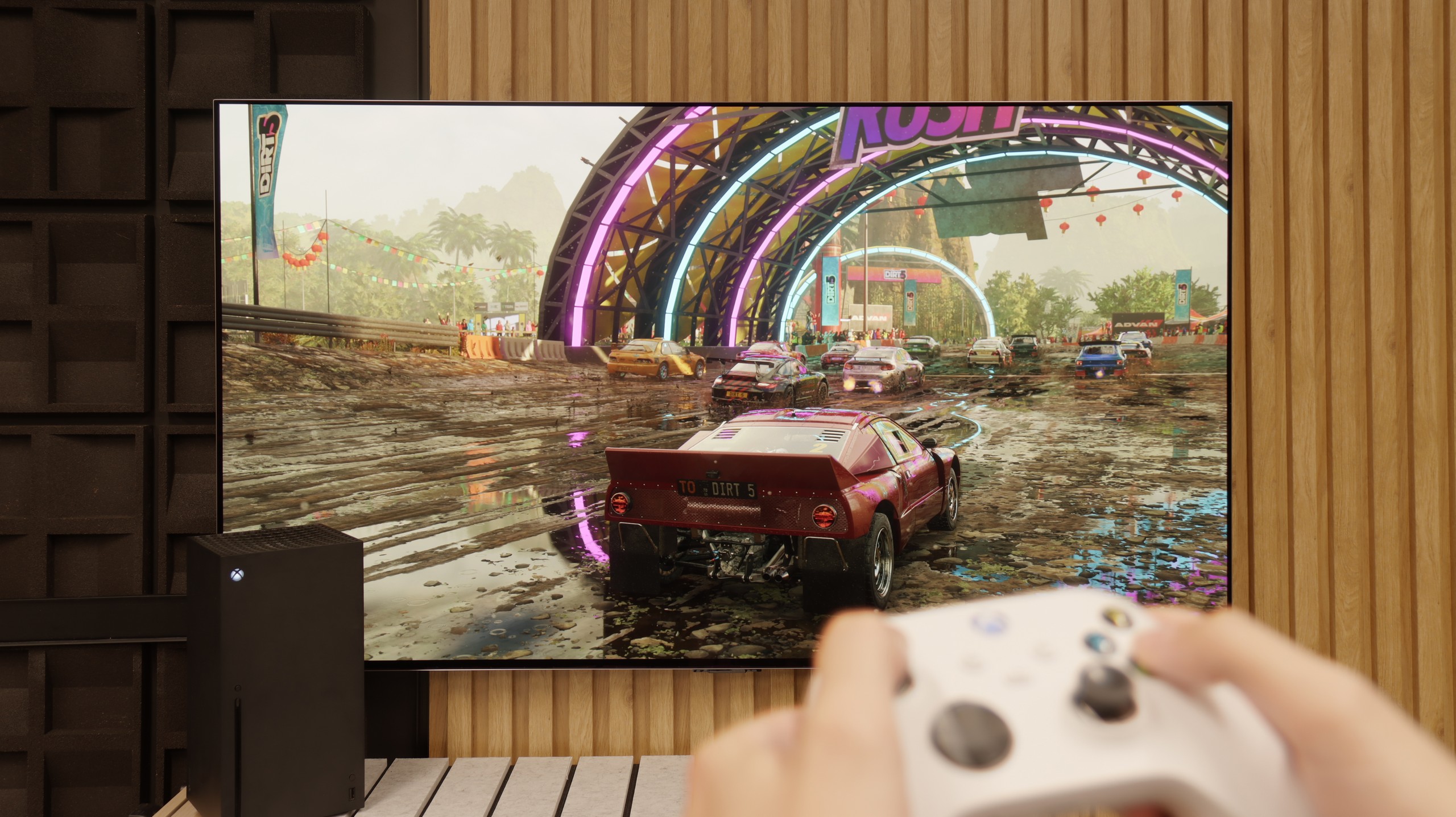

Features for gamers? Perfect. That should be enough for you to know what level we’re dealing with here. The G5 is a TV designed for gamers, so you'll find literally everything you might expect from a gaming screen. There's Game Bar, support for high resolutions with high refresh rates - that is, 4K at 120 Hz, and even more, as the panel has a refresh rate of 165 Hz (which PC gamers will benefit from). The TV supports variable refresh rate (VRR), automatic low latency mode (ALLM), and also properly handles HDR in games thanks to the HGiG feature. All of this adds up to one of the best gaming feature sets available on the market. Well done, LG.
The Philips OLED820 is one of the most comprehensive TVs for gamers. Onboard, we find practically everything one could expect: two HDMI 2.1 ports with full bandwidth of 48 Gbps (shame there aren't four), Variable Refresh Rate (VRR), Auto Low Latency Mode (ALLM), support for Dolby Vision in games, and a good implementation of the HGiG mode. The TV also handles lower resolutions at 120 Hz without issue, so you can count on great flexibility when choosing different picture modes on your console. Philips also adds a Game Bar – a panel that allows you to change picture modes, add a crosshair, or preview parameters. Although it looks a bit clunky and is less refined than its competitors, it gets the job done. In practice, therefore, the OLED820, in addition to a full set of four HDMI 2.1 connections, offers almost everything a gamer could need.
Input lag
9.9/10
10/10
SDR
HDR
Dolby Vision
The input lag on the LG G5 is incredibly low. The response time to our actions – whether we're gaming with a controller, keyboard, or mouse – is nearly perfect. The controls are instantaneous, and the game reacts exactly when we expect it to. The Dolby Vision Gaming mode does introduce slightly higher latencies, but even then, it's hard to complain about anything – in the worst case, the values hover around 20 ms, which will still be virtually unnoticeable for most gamers.
The input lag on the Philips OLED820 is truly at a reference level. Measurements showed values below 5 ms, placing it among the very best TVs available on the market. Even the Dolby Vision mode does not cause it any issues in this regard, which is quite a rare phenomenon. In practice, this means an instantaneous response to every movement, no noticeable delays, and complete comfort in dynamic games. In short, excellent results that will please even the most demanding gamers.
Compatibility with PC
8.8/10
6.5/10
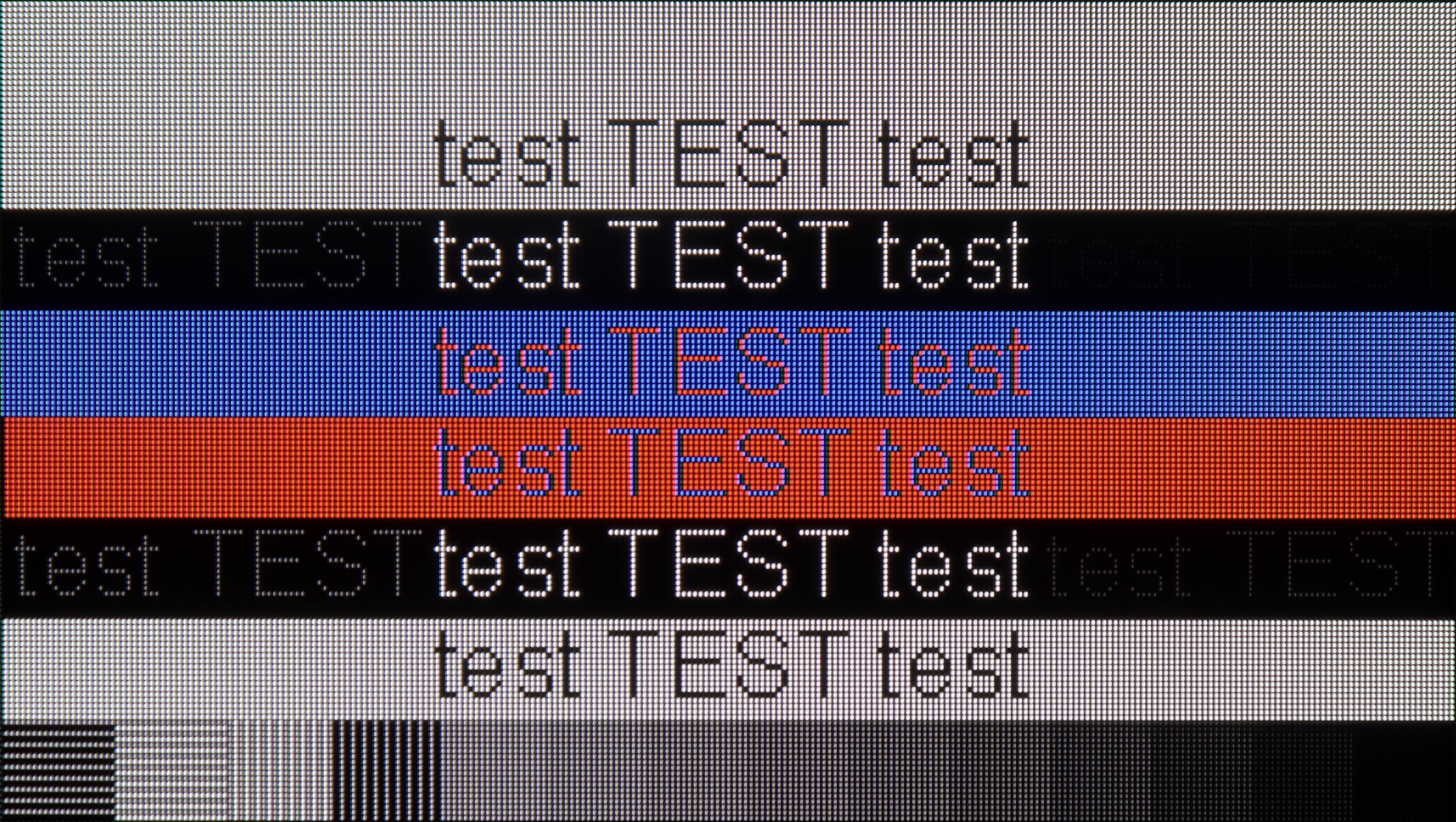

Cooperation with a PC? Almost perfect. The television, as mentioned earlier, has great features for gamers – including those using a PC. Onboard, we find full G-Sync certification, a 165 Hz panel, and super-fast input lag at around 5 ms. Thanks to proper implementation of chroma 4:4:4, fonts are very readable – both the smallest and the largest. Although due to the WRGB subpixel layout, there may be slight shadows around the characters, for most users this effect will be practically unnoticeable. The G5 performs excellently as a screen for work, entertainment, and gaming – also from a computer.
Cooperation with a PC for the Philips OLED820 varies depending on the usage. It performs exceptionally well for gaming: the high refresh rate of 144 Hz combined with G-Sync support provides a smoothness and responsiveness that other TVs would envy. However, the situation is less favourable for text work. The lack of proper implementation of chroma 4:4:4 means that fonts on coloured backgrounds can appear slightly blurry, which significantly lowers the comfort of working. Therefore, it’s hard to recommend the OLED820 as a screen for office work with text or numbers. It's a pity that the manufacturer couldn’t learn from last year’s models, and this flaw continues to persist.
Viewing angles
7.5/10
7.6/10
The viewing angles on the LG G5 are very good, primarily due to the use of a WOLED panel. It's hard to find fault here – the picture doesn't significantly lose brightness or quality even when viewed from the side. However, it must be noted honestly that there has been some regression compared to the G4 model. The predecessor used an MLA panel with micro-lenses, which offered slightly better light distribution. Also, compared to QD-OLED panels, the angles are worse. Nevertheless, the overall viewing experience at an angle remains very good and shouldn't be an issue for everyday use.
The viewing angles on the Philips OLED820 are another advantage that should please you. OLEDs have always been characterised by nearly perfect angles, so regardless of where we're looking from, the image remains clear and readable. True, the classic WOLED panel doesn't measure up to technologies like MLA OLED or QD-OLED, but it's still hard to find fault here. The angles are simply excellent.
TV efficiency during daytime
8/10
5.7/10
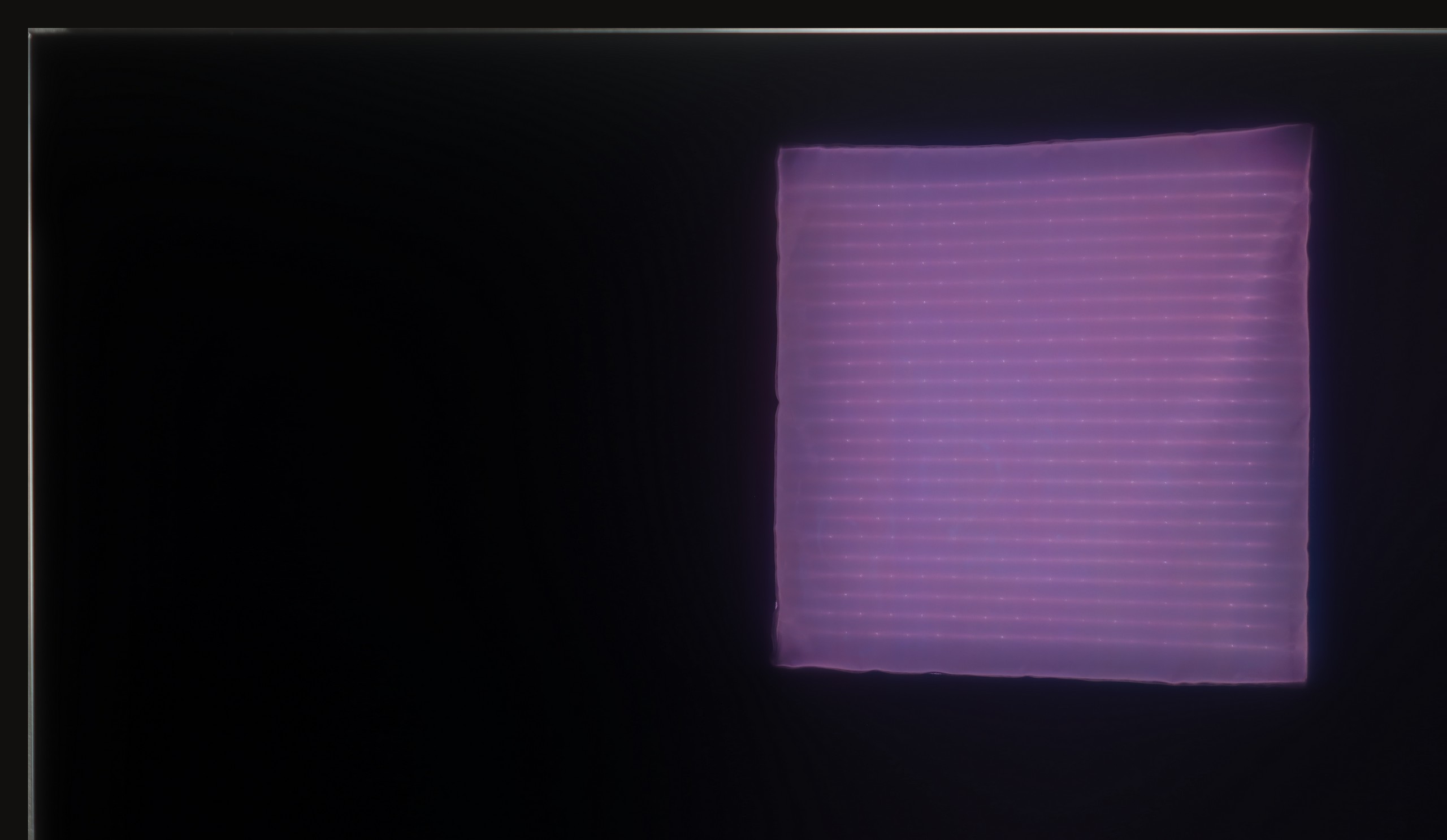



Matrix brightness
Average luminance SDR
Philips OLED820: 345 cd/m2
LG OLED G5: 810 cd/m2
LG G5, with its very high brightness, performs excellently in bright rooms. Even with SDR content, the average brightness is around 800 nits, significantly more than standard televisions. It will handle a bright living room with ease. Although the panel moderately reduces reflections, it still maintains much better blacks and colours during the day than QD-OLED panels or those with a matte finish. The G5 will work effortlessly in very sunny rooms – unless you really can’t stand reflections on the screen. In that case, you’ll need to use blinds or consider purchasing a television with a matte panel.
Details about the matrix
Subpixel Structure:
Panel uniformity and thermal imaging:


TV features
8.5/10
6.8/10
- HDMI inputs0 x HDMI 2.0, 4 x HDMI 2.1 48Gbps2 x HDMI 2.0, 2 x HDMI 2.1 48Gbps
- Other inputsIR (remote)
- OutputsToslink (Optical audio), eARC (HDMI), ARC (HDMI)Toslink (Optical audio), eARC (HDMI), ARC (HDMI), Mini-Jack (Headphones)
- Network InterfacesWi-Fi 2.4GHz, Wi-Fi 5GHz, Ethernet (LAN) 100MbpsWi-Fi 2.4GHz, Wi-Fi 5GHz, Ethernet (LAN) 100Mbps
- TV receptionDVB-T, DVB-T2, DVB-S, DVB-S2, DVB-CDVB-T, DVB-T2, DVB-S, DVB-S2, DVB-C
Classic features:
- Recording to USB (terrestrial TV)
- Recording programming
- Picture in Picture (PiP)
- RF remote control (no need to aim at the screen)
- Backlit remote control
- Teletext
- Audio only mode
- Bluetooth headphones support
- Simultaneous Bluetooth headphones & TV audio
Smart features:
- AirPlay
- Screen mirroring (Windows Miracast)
- Voice search
- Voice search in native language
- Ability to connect a keyboard and mouse
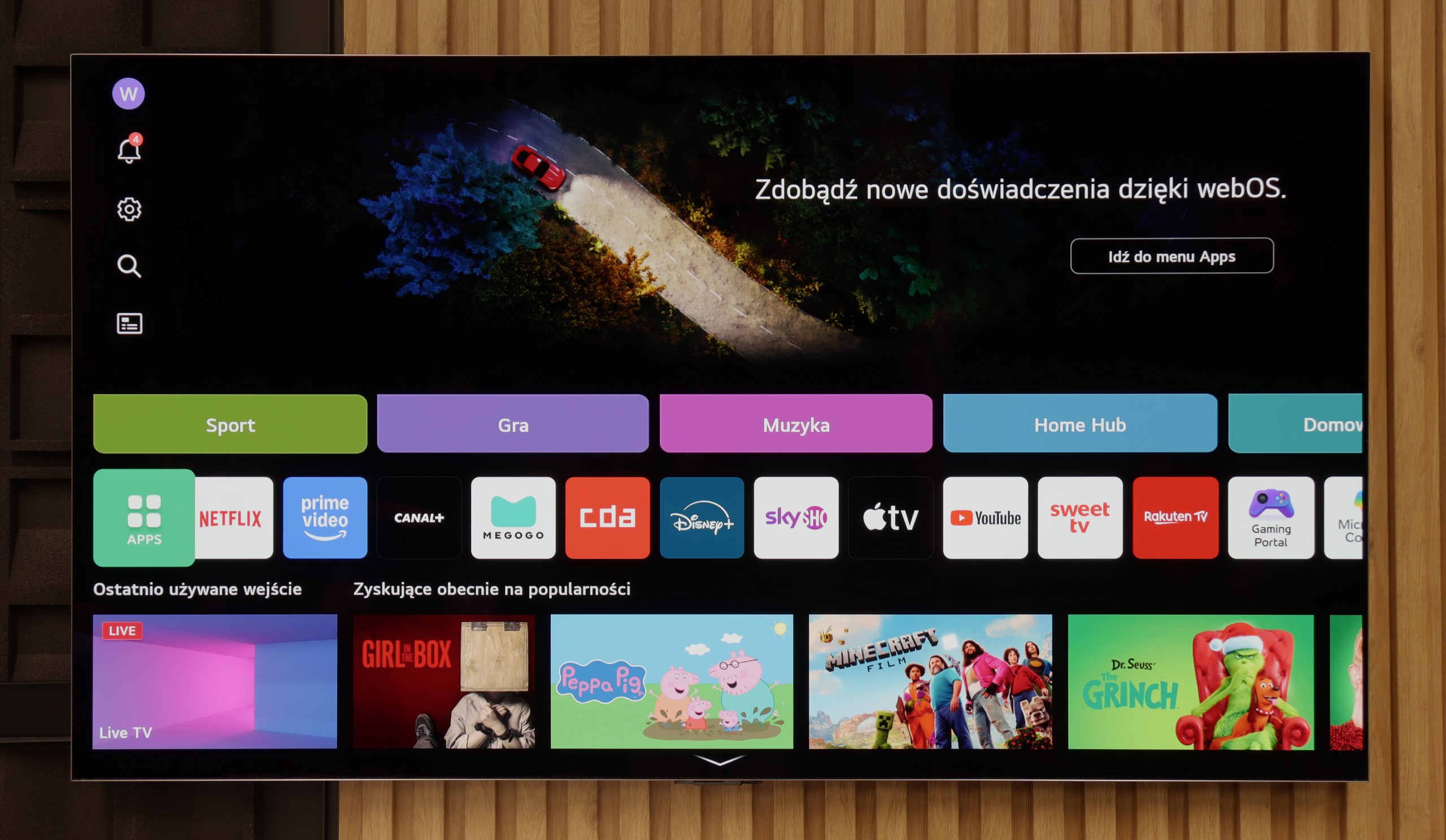
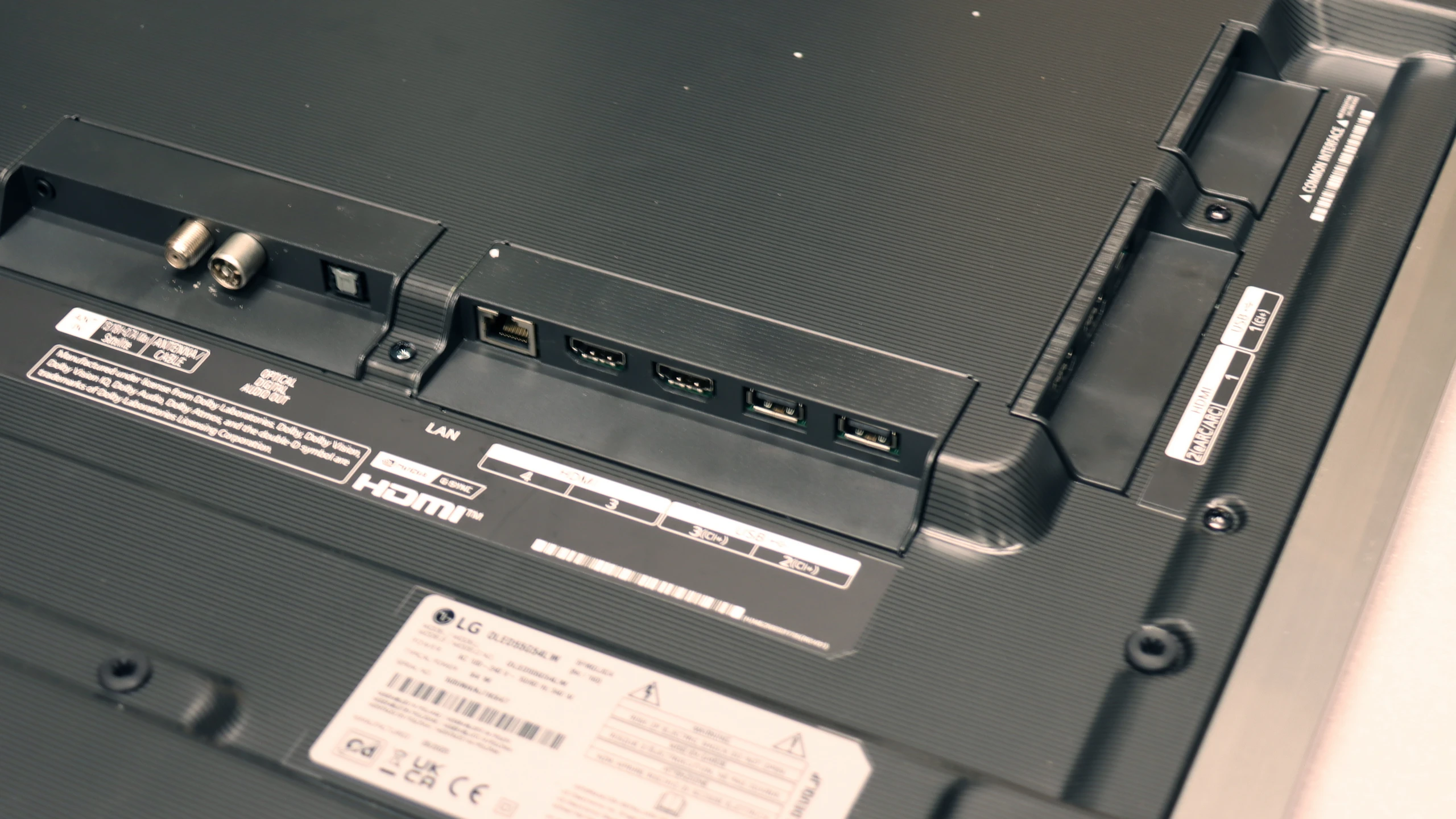
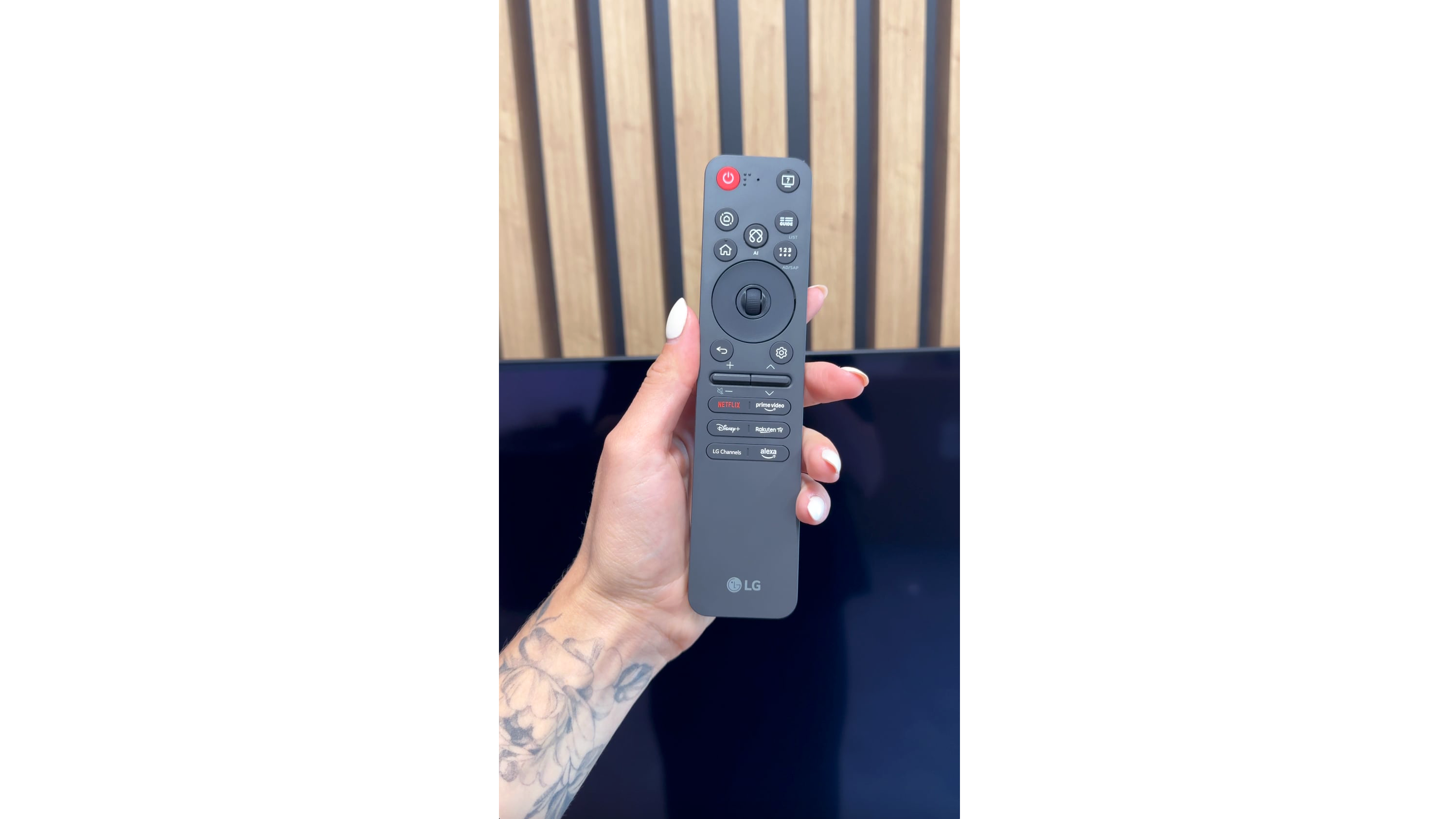
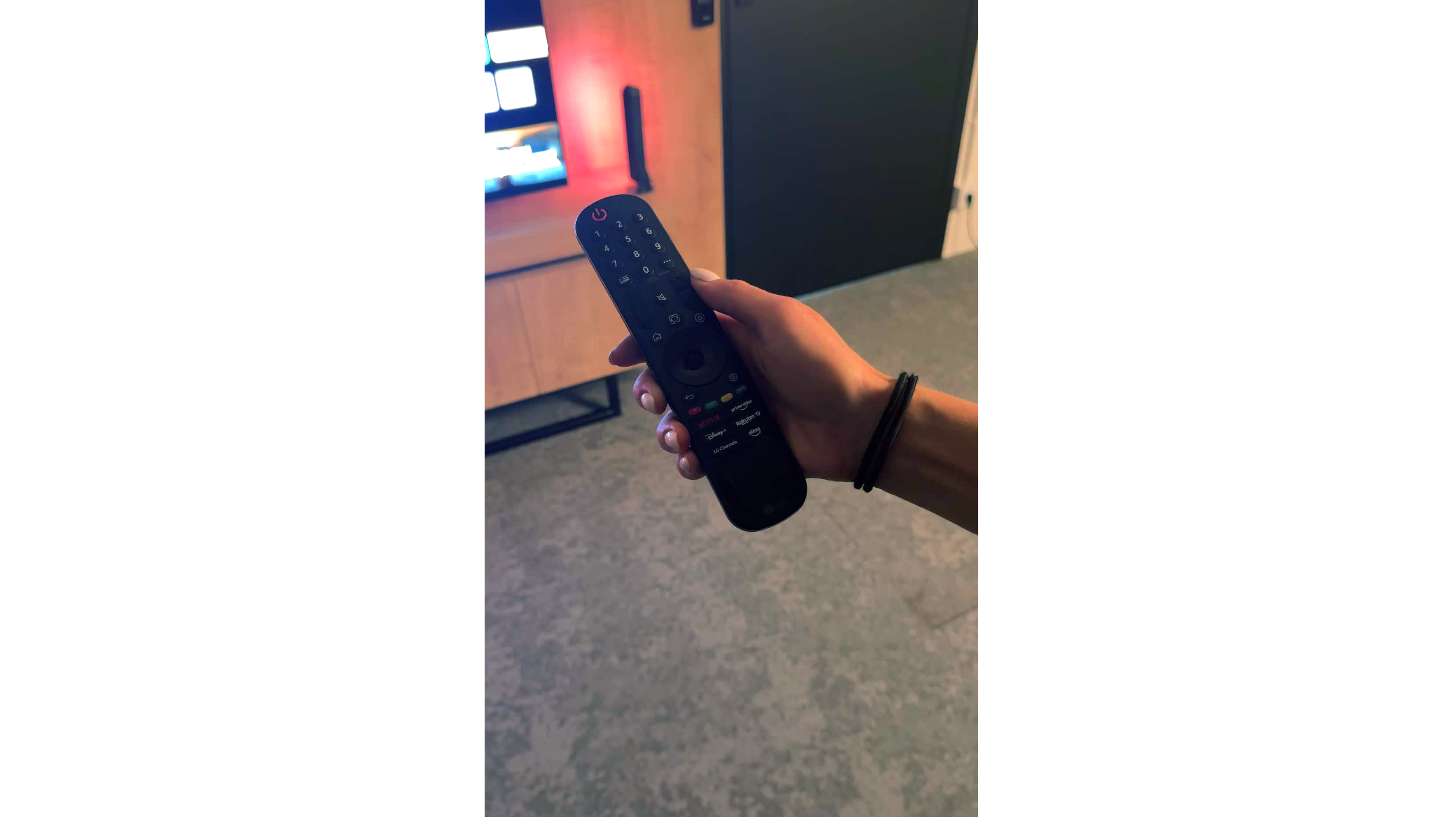




Classic Features
LG G5 has a lot to offer when it comes to classic television features. Apart from the lack of the ability to watch two sources (PIP), the TV performs excellently for everyday use. There are no issues with connecting external Bluetooth devices like headphones, and the EPG interface is very clear and understandable – even for those who are not particularly tech-savvy.
Smart TV Features
The Smart TV in the G5 operates on the WebOS system – it is the heart and brain of the entire television. With the Magic remote, using the G5 is truly enjoyable. We control the cursor on the screen with wrist movements, which resembles using a mouse in the air. The system itself is very sophisticated and offers everything one could expect: AirPlay, screen mirroring, voice search, and voice commands – all of which work smoothly and without delays. There’s no doubt it’s one of the best operating systems in TVs on the market.
Note:
During our tests, we had almost nothing to complain about – maybe aside from one exception: the confusion surrounding the remote. Depending on the market and the specific version of the model, you may encounter the new, minimalist Magic remote (without a numeric keypad), or the older version with a full set of buttons. We tested the G54LW model, which had the new Magic remote, but it’s hard to say how the situation looks in other variants. It may be a similar situation to the LG C5 series, where the remote attachment also depends on the specific market.
GoogleTV on OLED820
Philips OLED820 runs on the Google TV system, which immediately places it among televisions that truly provide user freedom. It’s a fantastic platform that doesn’t need any introduction – we find almost an endless number of apps here, from popular VOD services to niche programmes or games. Google TV also allows for personalisation of the home screen, tailoring content to our preferences, so the television actually “learns” our viewing style. A huge plus is also the Google voice assistant – fast, natural, and effective. It can understand even less obvious questions, and in practice, it works significantly better than many competitors. Unfortunately, there was a hiccup – the screen mirroring function simply didn’t work during testing. This can be seen as a minor issue, but in 2025, such things simply shouldn’t happen.
Classic Features of OLED820
When it comes to classic features, the OLED820 doesn’t attempt to play conservatively. On one hand, we get a backlit remote control with a numeric keypad, which is quite well organised and comfortable to use. On the other hand, you have to aim it at the screen, as it works on infrared, which is more reminiscent of equipment from a decade ago than a modern television. It also lacks a few features that are often found in competitors – there’s no USB recording from tuners or a PiP mode. A nice touch among the classic solutions is the mini jack analogue input for headphones. This is rare nowadays and can be quite useful – whether for a senior citizen with an additional headphone station or for someone wanting to connect older speakers.
AmbilightTV OLED820
You can’t overlook Ambilight, which is a hallmark of Philips. This solution impacts not only the appearance of the television but also the reception of content. The lighting system can be set in various ways, from a multi-coloured mode dynamically tracking the image to calmer, static lighting. We definitely recommend the latter option, as the gentle light behind the screen makes the content viewed, in combination with the OLED matrix, appear even deeper and more engaging. It’s a simple yet very striking addition that has characterised Philips televisions for years.
Playing files from USB
9/10
9.5/10
Supported photo formats:
Maximum photo resolution:
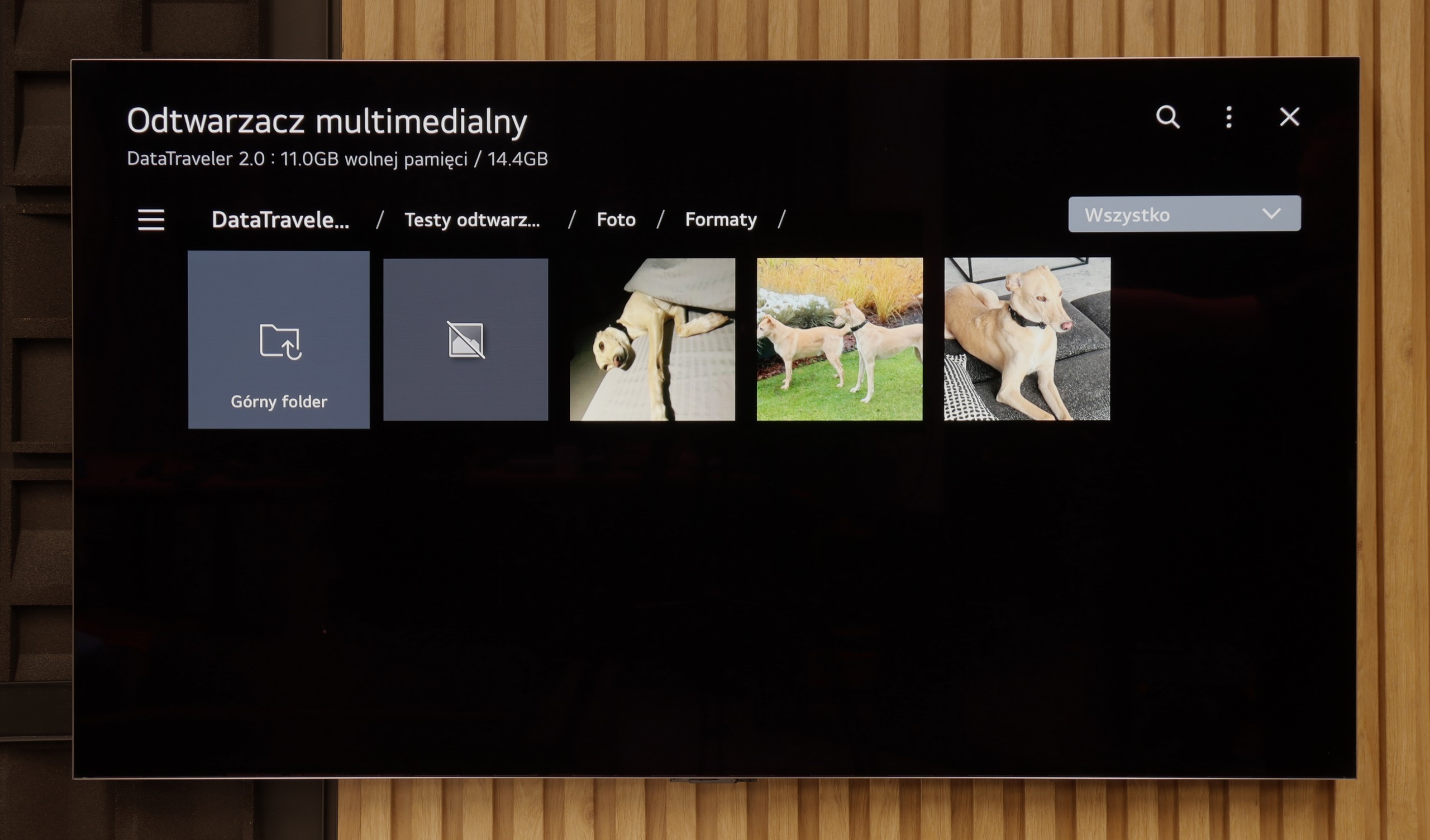

The built-in media player in the LG G5 is really quite good. It supports virtually everything you can expect from a modern television – most popular formats work without any issues, and the app's performance is fast. Our only disappointment was the lack of support for very high-bitrate HEVC files at 85 Mbit/s – similar to the C5 and B5 models. Interestingly, the same file played flawlessly on last year's LG OLEDs, so it's hard to say what has caused this change. Nevertheless, in everyday use, the G5 will handle the vast majority of materials, and there will be no need to connect any external devices for media playback.
The Philips OLED820 has a built-in file player with USB, which at first glance looks quite clunky, but in practice works surprisingly well. You could even say it's one of the best built-in players available in televisions. It handles virtually every type of file: photos, videos, or music, with minor exceptions that most of the competition also does not support. And if someone still finds something missing, there's always the option to install the VLC app from the Google Play library and the problem disappears.
Apps
9.1/10
9.6/10














































Sound
8.7/10
7.7/10
- Maximum volume-81dB
- Dolby Digital Plus 7.1
- Dolby True HD 7.1
- Dolby Atmos in Dolby Digital Plus (JOC)
- Dolby Atmos in Dolby True HD
- DTS:X in DTS-HD MA
- DTS-HD Master Audio
The sound on the LG G5, considering its slim design, is truly phenomenal. When listening to music, you can sense a light, pleasant bass, and in films, the dialogue is clear and easy to hear – it doesn’t get lost even in dynamic scenes. Unfortunately, a bit of a disappointment is the lack of support for the DTS format, which LG used in its older models. It's a shame, as many home theatre enthusiasts might see this as a step backwards.
Philips OLED 820 features a built-in 4.1 speaker system with a total output of 70 W. At the back of the casing, there’s a subwoofer that delivers quite solid and deep bass. The classic speakers responsible for the remaining sound range are located at the bottom of the television, which means that the audio doesn't always distribute as we would like. However, the overall sound quality can be considered satisfactory – series, TV shows, or the occasional music listening all perform well with a slight bass enhancement. For everyday use, this should be sufficient, although we still recommend purchasing even an inexpensive soundbar, which will significantly improve the user experience.
Acoustic Measurements
No acoustic data
81dBC (Max)
75dBC


